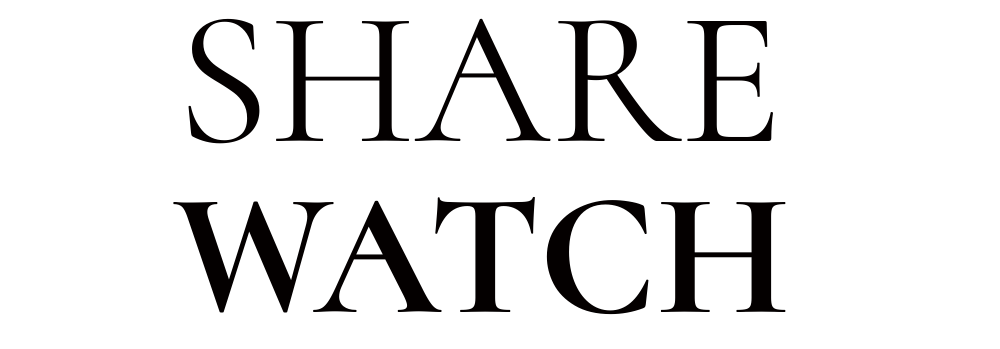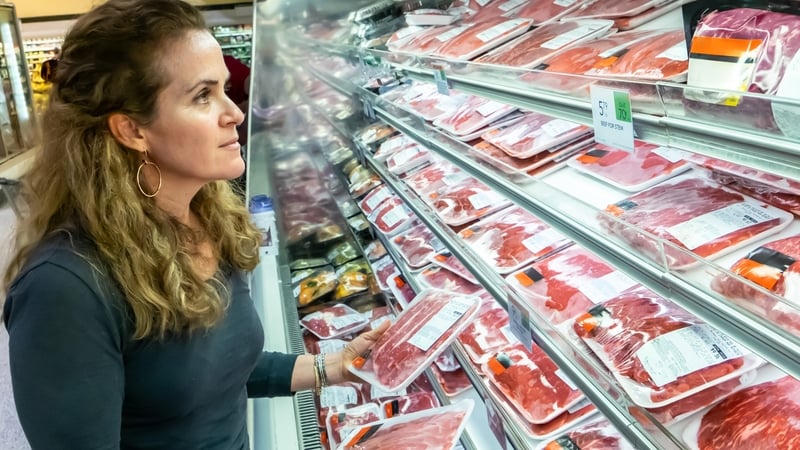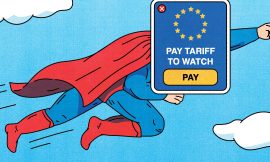Analysis: What exactly is behind the dramatic price increase in beef – and what are the implications of this for farmers and consumers?
Just over a year ago, the price of beef was hovering around €5.18 per kg for R3 grade steers in the factory. Fast forward to the present and the price is now hovering at €7.77 per kg for the same animal. This doesn’t include bonus payments for breed and quality assurance which can shove the factory price up even higher. This significant increase in beef prices has sparked much conversation within the farming sector, the retail trad and among consumers.
So, what is behind this dramatic price shift and what are the implications? There is almost a perfect storm in the beef market at present. While the cumulative supply of beef processed in Ireland is currently ahead of last year by approximately 15,000 cattle, the tightening of supply outside Ireland is exerting strong upward pressure on prices, as processors scramble to secure animals to meet both domestic and export demand.
We need your consent to load this rte-player contentWe use rte-player to manage extra content that can set cookies on your device and collect data about your activity. Please review their details and accept them to load the content.Manage Preferences
From RTÉ Radio 1’s Countrywide, prices for beef have reached record levels
Meanwhile, countries like Germany, France, and the Netherlands are also seeing reduced herd sizes due to similar economic and policy-related factors. Ireland, with its pasture-based system and relatively efficient beef production model, is in a unique position to benefit from this wider European shortfall.
For Irish farmers, the rising beef price is a welcome development, particularly after a tough few years marked by volatile markets and escalating input costs. Over the past two years, fertiliser prices have reached record highs due to energy crises, supply chain disruption and the war in Ukraine.
Feed and fuel costs also skyrocketed, further tightening already thin profit margins. Many beef farmers operate with limited economies of scale and little financial cushion, so the current uptick in beef prices has offered some much-needed breathing space.
From Tegasc’s Beef Edge, reviewing beef prices and farming budgets for the coming months
But the situation is far from simple. While the price being paid for finished cattle has jumped, the cost of operating a beef farm has also risen sharply. The price of replacement animals — calves and weanlings bought to rear and finish — has soared.
This is partly due to strong demand from within Ireland but also significantly driven by live exports. So far in 2025, live cattle exports are 20% ahead of this time in 2024. Exporters are competing directly in marts with Irish finishers, and this is pushing prices through the roof. Young continental-breed weanling bulls that would have cost €1,400 in early 2024 are now regularly exceeding €2,000.
The high price of store cattle is also putting pressure on winter finishers, who rely on buying in cattle and feeding them indoors until ready for processing. With expensive input costs and a higher initial investment in stock, their margin window is narrowing. For these farmers, the risk associated with beef finishing has increased — if market prices soften slightly, they could be left exposed.
We need your consent to load this rte-player contentWe use rte-player to manage extra content that can set cookies on your device and collect data about your activity. Please review their details and accept them to load the content.Manage Preferences
From RTÉ Radio 1’s Drivetime, the price of steak could be rising to over €50 and restraurants have little choice but to pass the cost on to customers
From a consumer standpoint, the rise in beef prices is starting to be felt in both shops and restaurants. Steak prices in supermarkets and butcher shops are already creeping upward, and restaurant owners are facing rising wholesale costs that are likely to be passed on to diners. Cuts such as striploin, fillet, and ribeye — which are already premium-priced — are seeing further price inflation, and this trend is unlikely to reverse in the short term. The increases could soon force restaurants to charge €50 for premium cut steaks outside of Dublin or face having to pull expensive cuts from their menus to offer better value for the customer.
For the wider economy, this presents a mixed picture. On one hand, strong beef prices boost rural economies, sustain employment and improve farm incomes. On the other hand, consumers facing rising food bills are likely to reduce their consumption or seek cheaper alternatives. This could eventually lead to demand softening, especially if economic pressures mount or inflation persists in other areas of household spending.
Irish beef is enjoying a golden moment, but farmers and consumers will need to stay alert to the complexities beneath the headline prices
Looking ahead, the upward trend in beef prices seems likely to continue, at least in the short to medium term. The supply side issues across Europe are not going away overnight. Additionally, changes in land use policy, environmental restrictions, and climate targets may put further pressure on herd sizes and output across the EU.
Ireland’s beef sector will remain in demand – particularly given its strong reputation for quality and traceability – but there are also looming challenges. Policy shifts under the Common Agricultural Policy (CAP), environmental constraints around emissions and stocking rates and increasing public scrutiny of meat production all play into the long-term picture.
We need your consent to load this rte-player contentWe use rte-player to manage extra content that can set cookies on your device and collect data about your activity. Please review their details and accept them to load the content.Manage Preferences
From RTÉ Radio 1’s Saturday with Colm Ó Mongain, how does boosting Irish beef exports chime with our climate obligations?
In the meantime, Irish farmers will aim to make hay while the sun shines. For many, these strong prices are an opportunity to reinvest in their farms, pay down debt or simply enjoy some return after years of hard slog. But both financial and environmental sustainability will be key if this current boom is to translate into long-term benefit.
As always in agriculture, nothing is guaranteed. Weather events, policy changes, global market shifts, or even disease outbreaks can rapidly change the landscape. For now though, Irish beef is enjoying a golden moment, but farmers, processors, and consumers alike will need to remain alert to the complexities that lie beneath the headline prices.
Follow RTÉ Brainstorm on WhatsApp and Instagram for more stories and updates
The views expressed here are those of the author and do not represent or reflect the views of RTÉ



